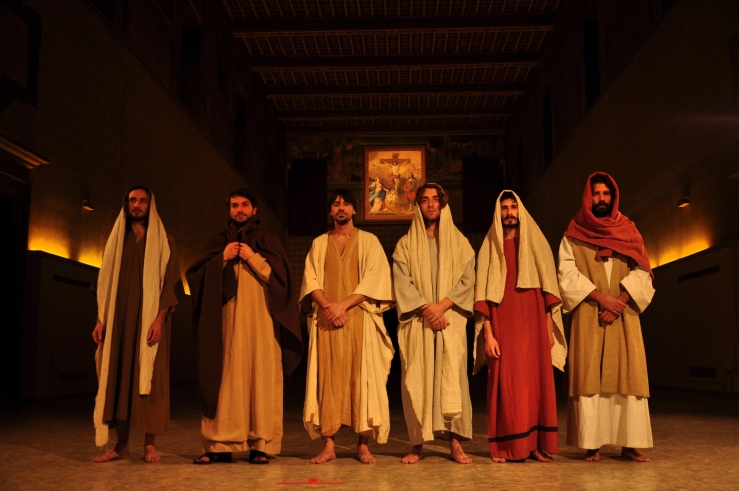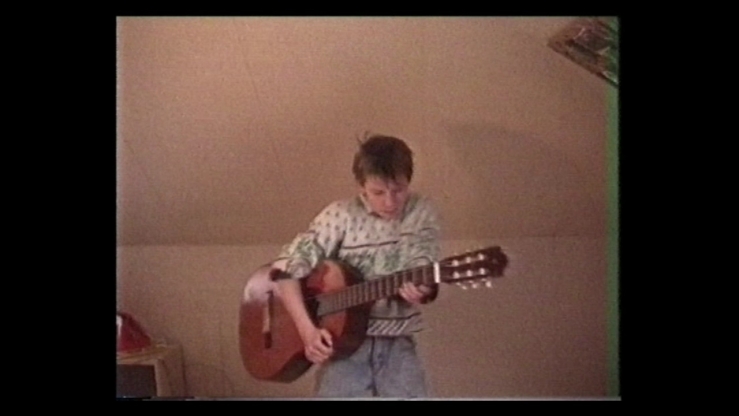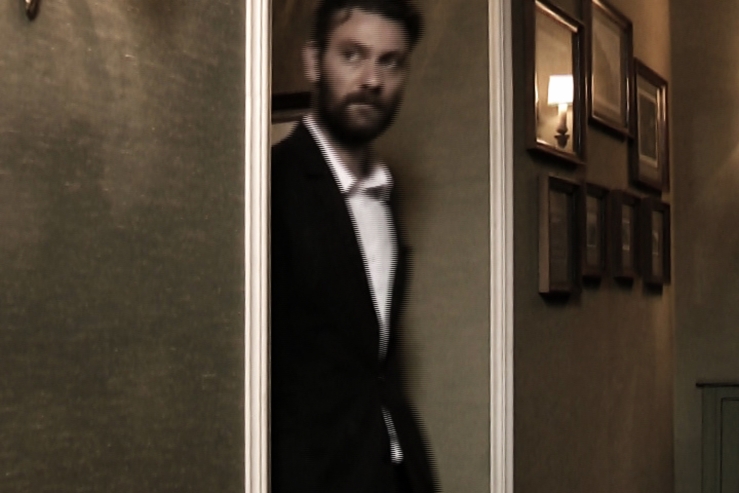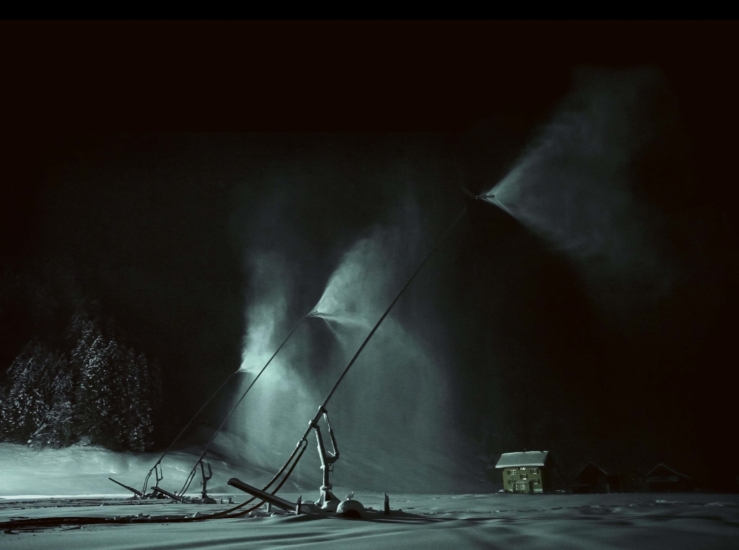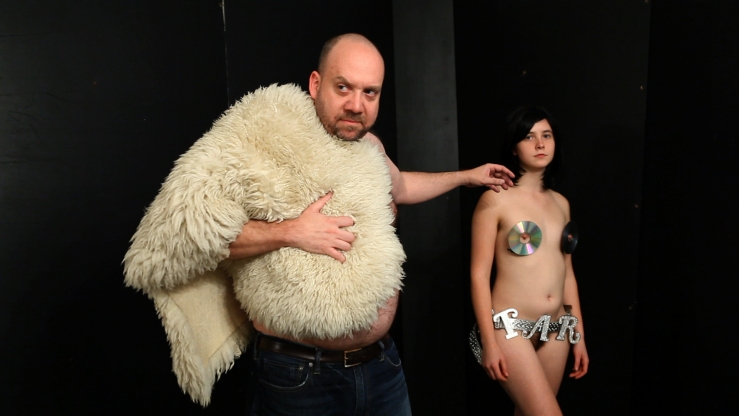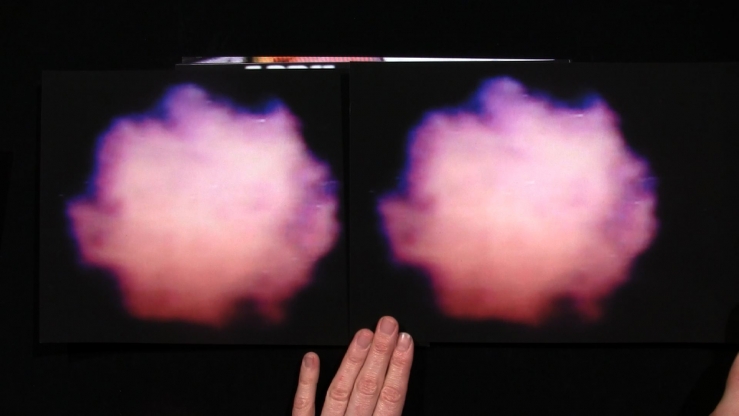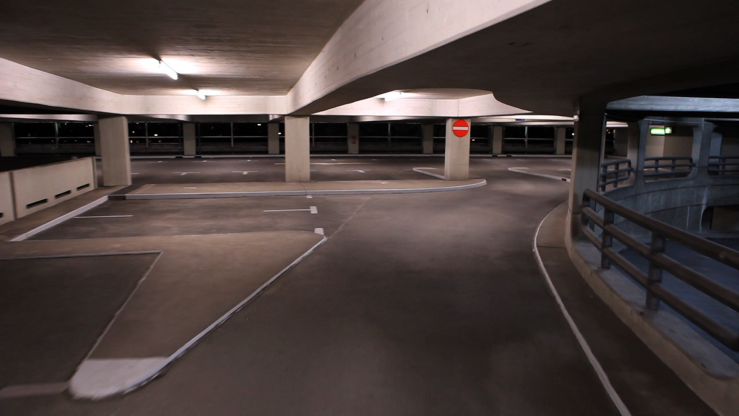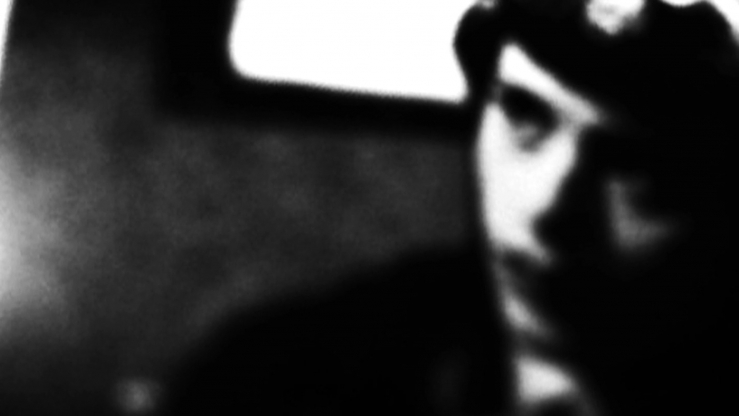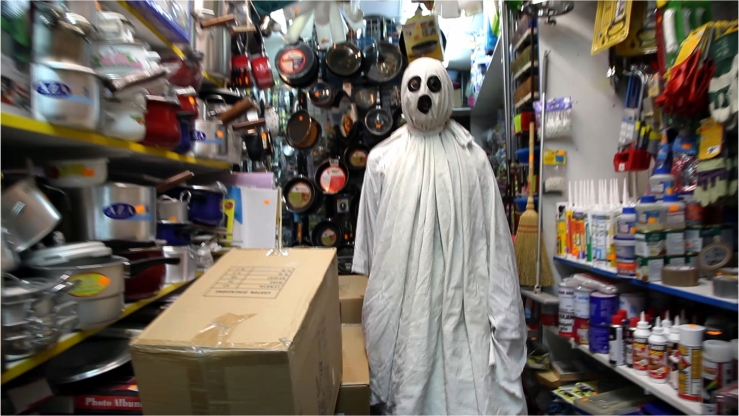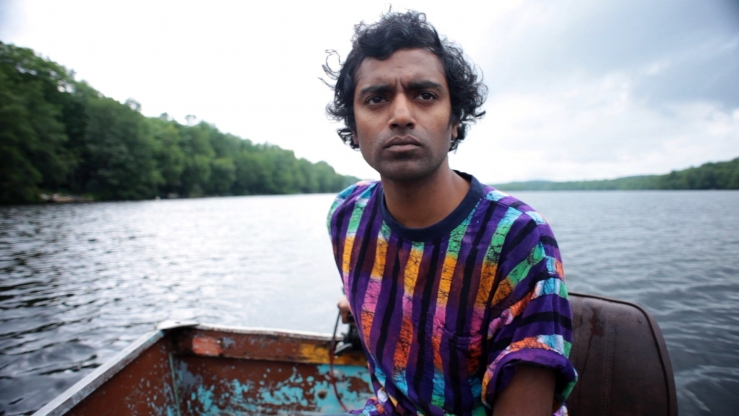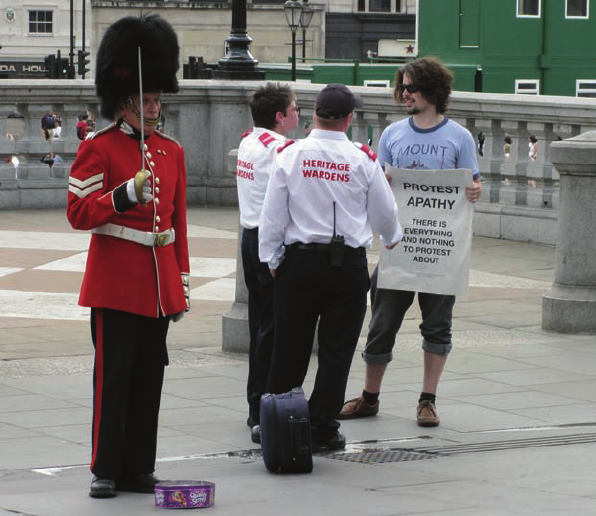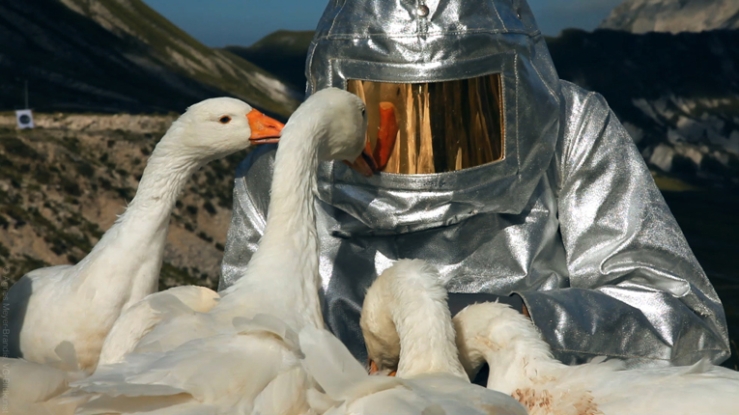VIDEONALE.14
Foreword of the VIDEONALE.14 catalogue (excerpt)
Under the headline "Unequal Sibling. Video works have no place in an art exhibition" video art[1] recently found its way into the feature pages, something which happens all to seldom. "Video works have no place in an art exhibition, nor do they belong in museums whiche were designed for painting or sculpture. Visitors who, in a few hours, have to pass through numerous rooms and take note of countless individual objects, cannot properly appreciate videos, neither formally nor for their content, particularly as the improvisatory projection rooms normally offer only a few seats."[2] At least this last comment does not apply to the Videonale, which now, for the fifth time, presents selected works[3] in a seven week exhibition at Kunstmuseum Bonn. Seating has been included as a basic element of the exhibition architecture ever since the second Videonale[4] was held in the museum.
To some extent understandable - even if the article was mainly founded on the author's experience of how video art was presented at last year's Documenta, the type of large-scale exhibition which brings everyone, with or without video art, to the limits of their receptiveness - is the scepticism with which he contemplates how impossible it is to do justice to this art form in an exhibition. With its temporal dimension which, furthered by the availability of low-cost technology nowadays, is continually expanding, and the narrative complexity of most works with their various layers of time, sound and space, the moving image absorbs far more of the viewer's attention than does a single two or three dimensional image. But it is doubtful wether the suggestion "to enjoy and understand videos only in specially equipped cinemas, and only at specifically organised festivals where they can be shown according to schedule"[5] would be a satisfactory solution for viewers and artists. This would confine the moving image in a projection room and illusionary space, a construction which even the early video pioneers did not want to entertain, and one which would also today be inappropriate for a greater part of the moving-image works which can regularly be seen in exhibitions. This is why Videonale, in its recent history, has comitted itself to the exhibition format for the presentation of the moving image, and continues to do so in VIDEONALE.14. [...] (Tasja Langenbach)
VIDEONALE.14 Artists
Sergio Belinchon, Helen Benigson, Bigert & Bergström, Mariola Brillowska, Jasper van den Brink & Yasmijn Karhof, Elkin Calderón, Monica Cook, Eli Cortiñas, Tanja Deman, Bettina Disler, Charles Fairbanks, Toby Huddlestone, Yuk-Yiu IP, Christian Jankowski, Mikhail Karikis & Uriel Orlow, Laleh Khorramian, Vika Kirchenbauer, Aglaia Konrad, Michal Kosakowski, Daniel Kötter, Clemens Krauss & Benjamin Heisenberg, Robert-Jan Lacombe, Daniel Laufer, Chang-Jin Lee, Mauricio Limón, Melanie Manchot, Dani Marti, Agnes Meyer-Brandis, Meena Nanji & Tommy Gear, Florin Tudor & Mona Vatamanu, Evamaria Schaller, Frances Scholz, Lina Selander, Martin Skauen, Gabriele Stellbaum, Hito Steyerl, Jon Thomson & Alison Craighead, Arthur Tuoto, Bridget Walker, Gernot Wieland, Tobias Yves Zintel
Competition Jury
Heike Ander, Katerina Valdivia Bruch, Keren Cytter, Philipp Fürnkäs, Jennifer Gassmann, Tasja Langenbach, Rolf Quaghebeur, Sabine Maria Schmidt, Olaf Stüber
Award Jury
Anita Beckers, Dr. Stephan Berg, Ade Darmawan, Dr. Leonhard Emmerling, Solange Farkas, Dr. Hans-Michael Herzog
Artistic director
Tasja Langenbach
Festival website
v14.videonale.org
Bibliography:
[1] In the absence of an alternative terminology that would take into account the formal and aesthetic differences that still exist today between film and video - if only because of the artists' own location in an artistic frame of reference - the term "video art" will continue to be used here. Where this distinction does not seem necessary, we will speak of "moving image/moving image".
[2] Gottfried Knapp. Ungleiche Geschwister - Videoarbeiten gehören nicht auf Kunstausstellungen. In: Süddeutsche Zeitung Nr. 268, 20. November 2012, p. 11.
[3] Selected by an international jury from over 2,100 entries from 70 countries.
[4] Videonale 11, 2005.
[5] Knapp, p.11.
Images: VIDEONALE.14 catalogue cover, 2013. © Videonale
About the VIDEONALE.14
2116 submissions (from 70 countries)
41 selected works (from 19 countries)
Duration February 15–April 7, 2013
Opening February 14, 2013
Location Kunstmuseum Bonn
Artists Sergio Belinchón, Helen Benigson, Bigert & Bergström, Mariola Brillowska, Jasper van den Brink & Yasmijn Karhof, Elkin Calderón, Monica Cook, Eli Cortiñas, Tanja Deman, Bettina Disler, Charles Fairbanks, Toby Huddlestone, Yuk-Yiu IP, Christian Jankowski, Mikhail Karikis & Uriel Orlow, Laleh Khorramian, Vika Kirchenbauer, Aglaia Konrad, Michal Kosakowski, Daniel Kötter, Clemens Krauss & Benjamin Heisenberg, Robert-Jan Lacombe, Daniel Laufer, Chang-Jin Lee, Mauricio Limón, Melanie Manchot, Dani Marti, Agnes Meyer-Brandis, Meena Nanji & Tommy Gear, Florin Tudor & Mona Vatamanu, Evamaria Schaller, Frances Scholz, Lina Selander, Martin Skauen, Gabriele Stellbaum, Hito Steyerl, Jon Thomson & Alison Craighead, Arthur Tuoto, Bridget Walker, Gernot Wieland, Tobias Yves Zintel
Videonale Award of KfW Stiftung
Christian Jankowski for "Casting Jesus"
Special mention
Mariola Brillowska for "Des Teufels Kinder"
Videonale Audience Award of KfW Stiftung
Agnes Meyer-Brandis for "The Moon Goose Colony"


